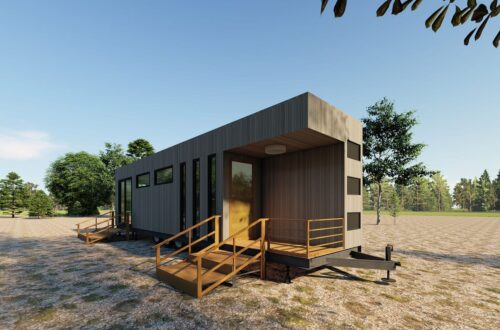The Ultimate Guide to Baby Diaper Machine: Efficiency, Innovation, and Manufacturing Insights
The Ultimate Guide to Baby Diaper Machine: Efficiency, Innovation, and Manufacturing Insights
In today’s fast-paced manufacturing world, the Baby Diaper Machine stands as a cornerstone of modern hygiene product production. These sophisticated systems combine precision engineering with automated technology to deliver high-output, consistent quality diapers that meet global safety standards. Let’s explore how these machines revolutionize baby care manufacturing.
Core Components and Operational Workflow
Modern diaper manufacturing equipment comprises multiple integrated modules including unwinding systems, absorbent core formation units, elastic attachment mechanisms, and precision cutting stations. Each component works in synchronized harmony to transform raw materials into finished products at remarkable speeds exceeding 800 pieces per minute. The automated quality control systems continuously monitor product weight, dimensions, and integrity throughout the production process.
Energy-Efficient Production Solutions
Leading manufacturers now incorporate sustainable technologies that reduce power consumption by up to 30% compared to conventional models. Smart energy management systems optimize motor performance and heat utilization while maintaining production efficiency. These advancements not only lower operational costs but also contribute to environmentally responsible manufacturing practices that appeal to eco-conscious brands.
Advanced Automation Features
The integration of Industry 4.0 technologies has transformed diaper production lines into smart manufacturing hubs. IoT-enabled sensors collect real-time performance data while predictive maintenance algorithms minimize downtime. Touchscreen HMI panels provide operators with intuitive control over production parameters, material consumption rates, and quality specifications.
Customization Capabilities
Modern machines offer unprecedented flexibility in product customization. Manufacturers can quickly switch between different diaper sizes, styles, and absorbency levels without extended changeover periods. This agility allows producers to respond rapidly to market trends and consumer preferences while maintaining optimal production efficiency.
Frequently Asked Questions
What’s the typical production capacity?
Advanced models can produce 600-1000 diapers per minute depending on configuration and product complexity. Actual output varies based on diaper size, materials, and specific features included in the final product.
How does automation reduce labor costs?
Fully automated lines require only 2-3 operators per shift compared to 15-20 workers on semi-automatic equipment. This significant reduction in manpower translates to lower operational expenses and improved production consistency.
Ready to Transform Your Production Line?
Upgrade your manufacturing capabilities with our state-of-the-art diaper machinery solutions. Our technical experts will help you select the perfect configuration for your specific production requirements and budget considerations.
Contact our engineering team today for a personalized equipment demonstration and detailed investment analysis. Discover how our innovative technology can maximize your production efficiency while reducing operational costs.


